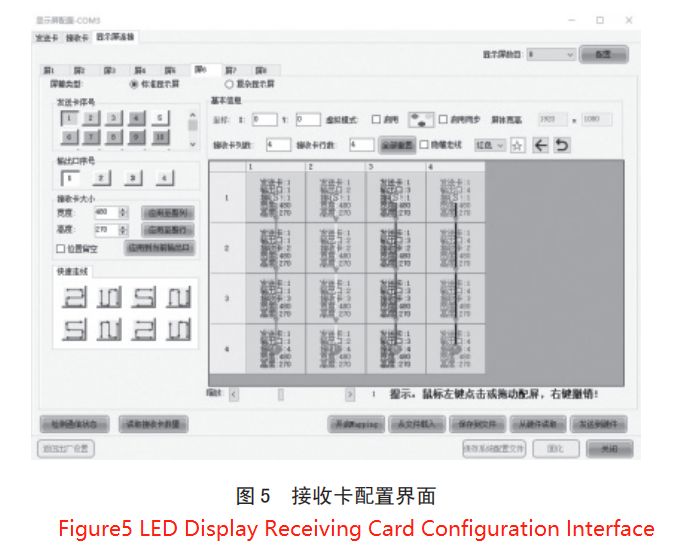Categories
Tags
Archives
Blogs » Shopping » LED Displays In HD Studios-2
LED Displays In HD Studios-2
-
LED Display System Commissioning Process Of Common Problems And Processing Methods
(1) The Selection Method Of Module Point Distance
Take the selection of module point spacing of LED display in choreography design as an example, from function, the LED display screen is mainly divided into two parts: background screen and content screen. Each LED screen is composed of multiple screens.
Among them, the background screen and the field host, and the distance of the camera are often far, so in the actual use of the process almost no moire problem, so in the selection of its module point distance, you can choose a module with a larger point distance, so as to protect the display effect on the basis of cost reduction.
The content screen on the one hand is closer to the camera, on the other hand, is to display the content, so you should choose a smaller point distance to ensure the clarity of the display.
(2) Heat Problem And How To Deal With It
LED display module heat is a very common problem, with its heat dissipation design Most of the design is front heat dissipation, so in the process of its heat dissipation treatment As far as possible, the air conditioning outlet is set above the front panel of the module, so as to To enhance the heat dissipation capacity and ensure the stable operation of the display system.
(3) Screen Receiving Card Connection Problem And Processing Method
In the actual use of LEDs, if the LED module size is small, you need to deal with the screen receiving card connection configuration during the field commissioning process. After the LED display wiring connection is completed, the computer equipment is connected to the sending card side, and then the receiving card is configured with the help of the screen control software. As shown in Figure 5.

In the above diagram, the receiver card alignment diagram has four strips, which represent the four network cables carried by the receiver card, S is the starting point of the alignment diagram, and the arrow represents the direction of the alignment.
After the alignment map is created, it is sent to the hardware and then its data is transferred to the receiver card so that the LEDs can be displayed properly.
It is worth noting that after the LED display is normally realistic, the data should be saved to the receiving card in time.
(4) Brightness Problems And How To Deal With Them
In the actual use of an LED display screen, if the screen brightness is too low, which will cause the screen display is not clear, if the brightness is too high will increase the cost of studio operations.
Therefore, it is necessary to combine the actual situation of the studio to adjust the brightness of the LED display, both to ensure that it can achieve better display clarity and also to pay attention to the control of studio operating costs.

